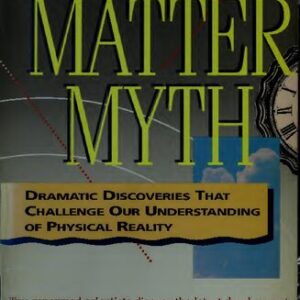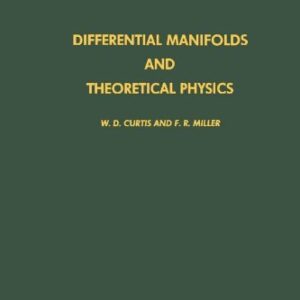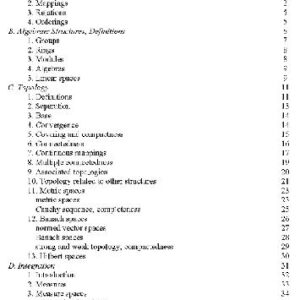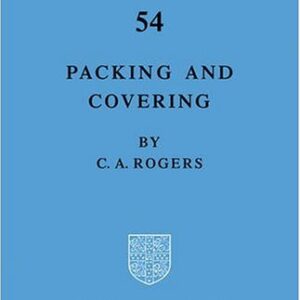Here in one volume John Gribbin, the award-winning science writer and physicist, has collected the answer to everything you need to know about the quantum world — the place where most of the greatest scientific advances of the twentieth century have been made. This exceptional reference begins with a thorough introduction setting out the current state of knowledge in particle physics. Throughout, Gribbin blends articles on the structure of particles and their interactions, accounts of the theoretical breakthroughs in quantum mechanics and their practical applications, and entertaining biographies of the scientists who have blazed the trail of discovery. In a special section, “Timelines,” key dates in our quest to understand the quantum world are mapped out alongside landmarks in world history and the history of science. Q is for Quantum is an essential companion for anyone interested in particle physics.
Historical highlights include: Isaac Newton’s work on particles in the seventeenth century; the eighteenth- and nineteenth-century transformation of alchemy into chemistry, culminating in Dmitiri Mendeleyev’s publication of the periodic table of the elements in 1869; James Clerk Maxwell’s investigation of electromagnetism and waves around the same time; and the brilliant research of Christiaan Huygens, Thomas Young, and Augustin Fresnel. Among the longer biographies in the book number those of such twentieth-century scientific giants as Erwin Schroedinger, Albert Einstein, Richard Feynman, Linus Pauling, Robert Oppenheimer, and Andrei Sakharov.
Quantum physics today is directly and continuously relevant to life. Fundamental life processes such as the workings of DNA depend on the quantum behavior of atoms. As entries in the encyclopedia note, the human conquest of this micro-realm has already led to the development of computer chips and the valuable technique of carbon dating, and we are on the verge of still greater practical advances. Gribbin shows that real quantum computer technology is gradually realizing the dreams of science fiction, and identifies the amazing possibilities of energy from nuclear fusion. No one can doubt that the fruits of quantum electrodynamics, the most accurate scientific theory ever developed, have yet to be fully gathered. And no one will dispute that this is the only reference to this weird and wonderful world. The curious, the imaginative, and the bold will require this encyclopedia of the fundamental science of the future.
Amazon.com Review What’s the deal with 20th-century physics? How and why did it get so complicated, so abstract, that even Einstein had trouble believing in it? Most of us need someone to come along and explain it all in words that make sense; fortunately, astrophysicist and science writer extraordinaire John Gribbin has seized that role with a flair and passion unequalled. He has outdone himself with Q Is for Quantum: An Encyclopedia of Particle Physics, 545 pages of definitions, histories, and biographical sketches that illuminate the ever-expanding search for the most basic forces of nature in a style that is at once witty, clear, engaging, and scientifically rigorous. No serious student of modern science (no dilettante, either) should be without it when reading about the greatest intellectual work of our time.
Whether he’s explaining the intricacies of quantum chromodynamics or exploring the wild life and ideas of Richard Feynman, Gribbin uses just the right words, illustrations, and even (gasp!) equations to perfectly express the essentials to his interested, intelligent readers. Of special interest are the extensive timelines that close the volume and anchor particular scientists and their achievements within the context of world history; these are both helpful in grasping the development of physics and excellent aids to browsing. So, whether you want to expand your knowledge of modern science or just need a little help on Monday’s midterm, Q Is for Quantum is the right book for you. –Rob Lightner

![[PDF] Q is for quantum: an encyclopedia of particle physics John Gribbin](https://pdfelite.com/wp-content/uploads/2024/04/0e711b93f143975c4aba01b2557cc693-d.gif)




Reviews
There are no reviews yet.